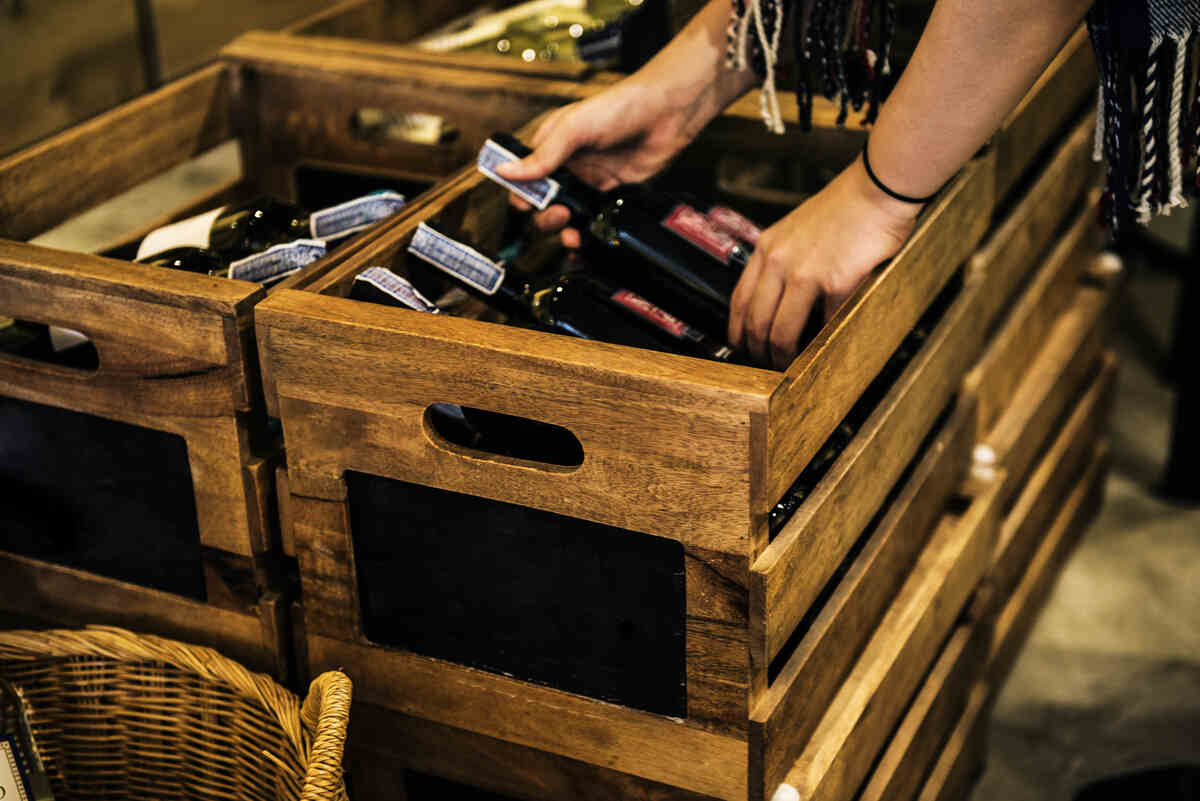Managing a winery involves passion and precision, much like the art of winemaking itself. Whether you’re a seasoned vintner or new to the industry, understanding the financial underpinnings of your business is crucial.
One of the fundamental aspects of this is grasping how profit and loss (P&L) work specifically within the wine industry. Dive into the essentials of P&L in wine accounting with the Protea Financial experts, ensuring you walk away with a solid foundation to manage your vineyard or winery with confidence.
What is a Profit and Loss Statement?
A Profit and Loss (P&L) statement, also known by some as an income statement, is a type of financial document that summarizes the revenue streams, costs, and all the different types of expenses incurred over a set period, such as one calendar year. For wineries, this statement provides a clear picture of operational performance over a month, quarter, or year. By examining this, you can understand whether your winery is making money, where you can cut costs, or where you might want to invest more.
Key Components of a P&L Statement in the Wine Industry
Understanding the components of a P&L statement will help you make informed decisions about your winery’s operations and strategy. Here’s what typically makes up a P&L statement in the wine industry:
- Revenue: Start with the top line: your revenue. This is your winery’s income from all sources, including wine sales, tasting room sales, events, and any other services. Analyzing trends in revenue helps you understand which products or services are performing best and during which times of the year your sales peak. This information is invaluable for planning production schedules, marketing campaigns, and setting budgets.
- Cost of Goods Sold (COGS): For wineries, COGS includes all the direct costs associated with wine production—grapes, bottles, corks, labels, as well as direct labor costs like harvesting and bottling. Keeping a close eye on COGS helps you identify opportunities to negotiate better terms with suppliers or to find more cost-effective alternatives without compromising quality. A lower COGS can directly translate to higher gross margins.
- Gross Profit: To get this figure, you must subtract your COGS from the total of all your streams of revenue. Analyzing your gross profit margin is essential because it reflects the efficiency of your production process. If your gross margin is improving, your winery is becoming more efficient. If it’s declining, it might be time to look into production issues or reassess your pricing strategy.
- Operating Expenses: These are the costs related to running your winery that aren’t directly tied to wine production. This includes marketing, salaries of administrative staff, utilities, and more. Reviewing these expenses can often unveil areas where spending can be optimized or where investment is paying off. For instance, an increase in marketing expenses should correlate with an increase in revenue. If not, it might be time to reevaluate your marketing strategies.
- Net Profit: The bottom line of your P&L statement, net profit, is what remains after all expenses have been deducted from revenue. This figure tells you the actual profitability of your winery. It’s influenced by both your gross profit and your operating expenses. Understanding the factors that affect your net profit is crucial for long-term planning and investment.

Using P&L Data to Make Informed Decisions
By thoroughly understanding each component of your Profit and Loss statement and regularly engaging with this data, you can make strategic decisions that drive profitability and growth. Here are some ways you can gather information that can help you make informed decisions about your winery.
- Identify Cost-Saving Opportunities: Regularly reviewing your P&L statement helps you pinpoint areas where you can reduce costs. Perhaps you’ll find that certain marketing strategies are not yielding enough sales to justify their cost or that bulk purchasing could reduce COGS.
- Forecast and Budget Effectively: By tracking historical data through your P&L statements, you can forecast future financial performance more accurately. This helps in setting realistic budgets and expectations, managing cash flow more effectively, and preparing for capital investments or expansions.
- Investment Decisions: Your P&L data provides a solid foundation for making investment decisions. For example, if you notice that your small-batch wines yield a higher profit margin, you might decide to increase their production. Conversely, you might choose to scale back or revamp underperforming products.
- Performance Benchmarks: Use your P&L to set benchmarks for performance. Compare current figures with past data to track your business’s progress and health. This not only helps in strategic planning but also in making day-to-day operational decisions.
Remember, your P&L statement isn’t just a retrospective document—it’s a roadmap to future success. At Protea Financial, we’re here to help you navigate this roadmap with expertise and insight, ensuring that every decision you make is informed and strategic, fostering sustained growth for your winery.
Understanding Revenue Streams
To effectively manage your winery’s finances, you need to have a clear understanding of where your money comes from. Diversifying your revenue streams can help stabilize your income, making financial planning more predictable. Consider exploring various channels such as:
- Direct Sales: Includes cellar door sales, online sales, and wine club memberships.
- Wholesale Accounts: Selling your wine to retailers and restaurants.
- Ancillary Services: Hosting events, wine tours, and tastings.
Managing Costs and Expenses
Effective cost management can significantly impact your winery’s profitability. It’s important to regularly review and adjust your expenses to ensure they align with your business goals and market conditions. Here are a few strategies:
- Optimize Production Costs: Regularly evaluate your production methods and supply chain to identify areas for cost reduction without compromising quality.
- Streamline Operations: Implement efficient practices across your business operations to reduce unnecessary expenses.
- Leverage Technology: Invest in management software to automate tasks and improve accuracy in your financial management.
Profit Maximization Tips
Maximizing profit isn’t just about increasing sales; it involves strategic planning and execution across all areas of your business. Here are some tips to help boost your winery’s profitability:
- Improve Wine Quality: Continually strive to enhance your product, as higher quality wines can command better prices.
- Market Effectively: Develop a strong brand presence and marketing strategy to attract more customers and drive sales.
- Expand Distribution Channels: Explore new markets and distribution opportunities to widen your reach and boost revenue.
Regular Financial Review
To ensure your winery stays on track financially, commit to regular reviews of your P&L statements. This allows you to catch issues early, adjust your strategies as necessary, and better prepare for future financial challenges or opportunities. Most companies review their statements each quarter, but no less than annually.

How Protea Financial Can Help
At Protea Financial, our team of financial experts specialize in supporting wineries like yours with expert bookkeeping and accounting services tailored to the unique needs of the wine industry. Our experienced professionals can help you understand and manage your P&L more effectively, providing the insights you need to drive your business towards greater profitability.
Ready to Take Control of Your Winery’s Finances?
Understanding your profit and loss is just the beginning. With Protea Financial, you gain a partner who is as committed to your financial success as you are to producing great wine. Contact Protea Financial today to learn more about how we can help you optimize your winery’s financial health for lasting success. Let’s make every drop count!



